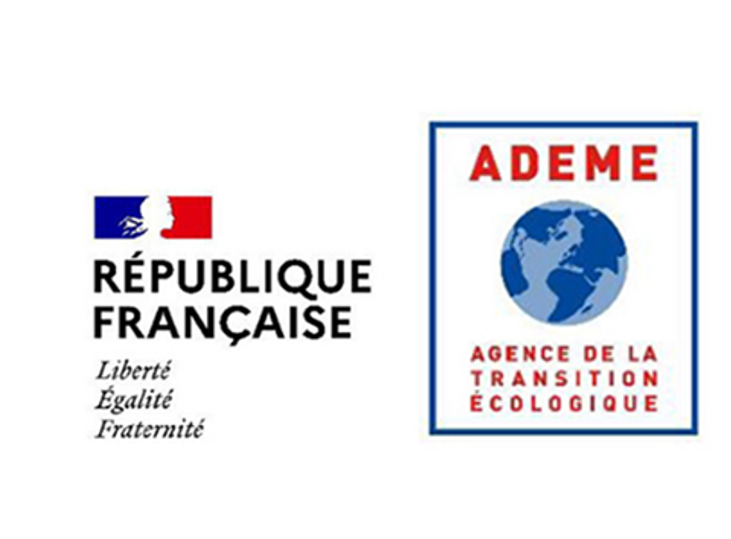The environmental crisis is not just climate change, it is systemic. Assessing environmental impact means going far beyond carbon emissions, it means evaluating all the categories of impact of human activity: its effect on global warming, but also on water, on air and soil quality, on the ozone layer... In short, on all the resources fundamental to biodiversity and life on earth.
To address this, the European Commission developed the Product Environmental Footprint (PEF) and Organization Environmental Footprint (OEF) methodologies: scientifically robust life-cycle assessment (LCA) frameworks built on 16 impact indicators that together reflect the pressure human activities place on all planetary boundaries.
As of April 25, 2024, PEF/OEF are the only officially recognized methods across the European Union for environmental footprint measurement and eco-design guidance. These frameworks form the scientific backbone of crucial EU Green Deal regulations, including the Eco-Design for Sustainable Products Regulation (ESPR) and the Corporate Sustainability Reporting Directive (CSRD).
Glimpact provides comprehensive solutions for environmental footprint measurement and reduction, both at the product and company level, while ensuring total compliance with EU and international standards.
Glimpact supports businesses of all sizes, from SMEs analyzing a few products to large corporations deploying LCA across hundreds of thousands of references. We also provide solutions for the general public

Glimpact provides native PEF/OEF applications for the general public and scalable solutions for businesses, enabling everyone to measure their global environmental impact across the 16 impact categories and to effectively reduce it.
What sets Glimpact apart is the ability to identify the true eco-design levers, thanks to the use of specific primary data instead of relying solely on default values. This allows for unparalleled accuracy, letting you instantly simulate any change in your processes and materials across your entire supply chain.
This unique simulation power, which takes into account all 16 impact categories, helps you make the best strategic decisions and prevent unintended consequences (e.g., reducing carbon but increasing water pollution).
Furthermore, Glimpact provides comprehensive and accurate modeling of Scopes 1 and 2, and most importantly Scope 3, which can represent up to 95% of a company’s total footprint.


Chosen by the European Commission as the the environmental footprint calculation technology for the mandatory regulation on batteries and solar panels.

Chosen by France for its national pilots on eco-labeling in textiles and agri-food sectors.


















Glimpact works with companies from all sectors, with particular expertise in textile and fashion, sports equipment, retail and mass distribution, agri-food, cosmetics, office furniture and supplies, media, and energy , including batteries and solar panels.
No more self-proclaimed environmental claims. No more possibility of claiming ecological responsibility based on a single environmental criterion. No more room for greenwashing: no more simplistic prejudices, partial analyses, and hasty judgments made without understanding the magnitudes involved. No more hiding certain stages of a product's life. By modeling the requirements of the PEF method, Glimpact provides companies, journalists, and citizens with tools to measure environmental impact comprehensively, without any blind spots.
With the widespread adoption of the PEF method as the reference framework for the new European regulations, there is now one single method for calculating the environmental footprint of products and organizations for all countries in the EU. Finally, there is a single scientifically rigorous method that takes into account the overall environmental footprint in all dimensions, allowing us to understand planetary boundaries.
.png)

Measuring impact on a global scale overturns many simplistic prejudices and hasty judgments, established without any perception of orders of magnitude. Looking at things globally, for example, makes it possible to realize that contrary to what we may think:
⁃ that a PET plastic bottle has a much lower environmental impact than a single-use glass bottle (due to the amount of energy required to remelt the glass)
⁃ that almond-based "plant milk" has a much higher impact than cow's milk (mainly due to the amount of water needed to produce almonds).
⁃ that it's not transport (even from Asia) that is responsible for the environmental impact of a garment but above all the fiber used to produce it and certain industrial processes, foremost among which are dyeing or even weaving.
⁃ that in summer in Madrid, it's better to eat French tomatoes than Spanish ones (due to the water stress affecting a large part of Spain's agricultural regions).
In short, the right trade-offs cannot be based on simplistic judgments, but require an analysis that takes into account all the components of the environmental crisis.
Find out more about the methodological framework ➞